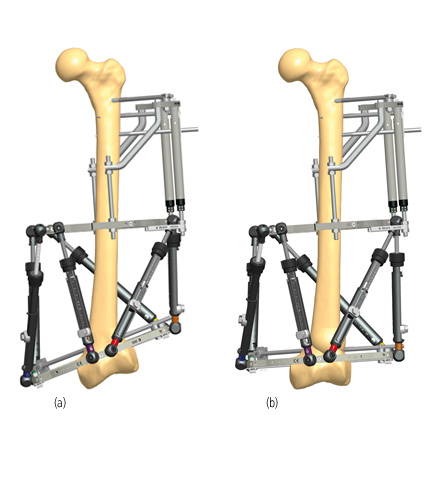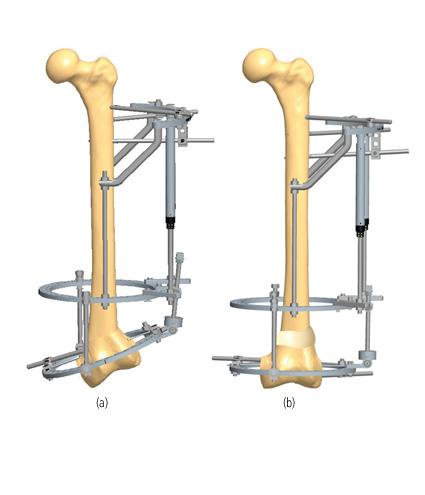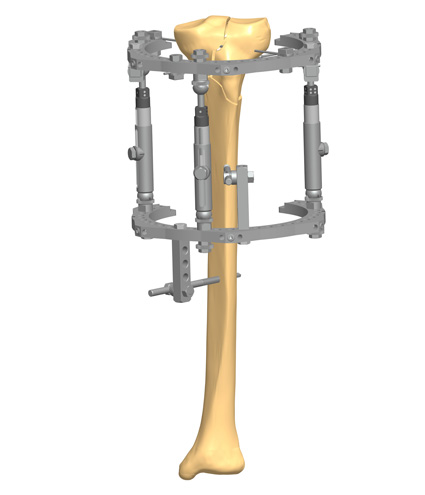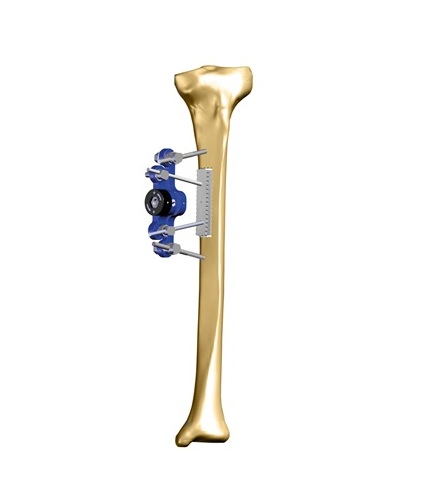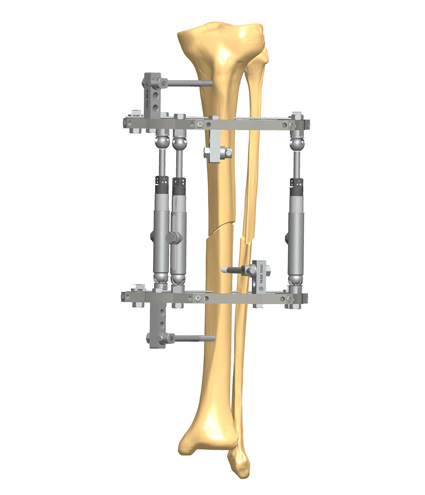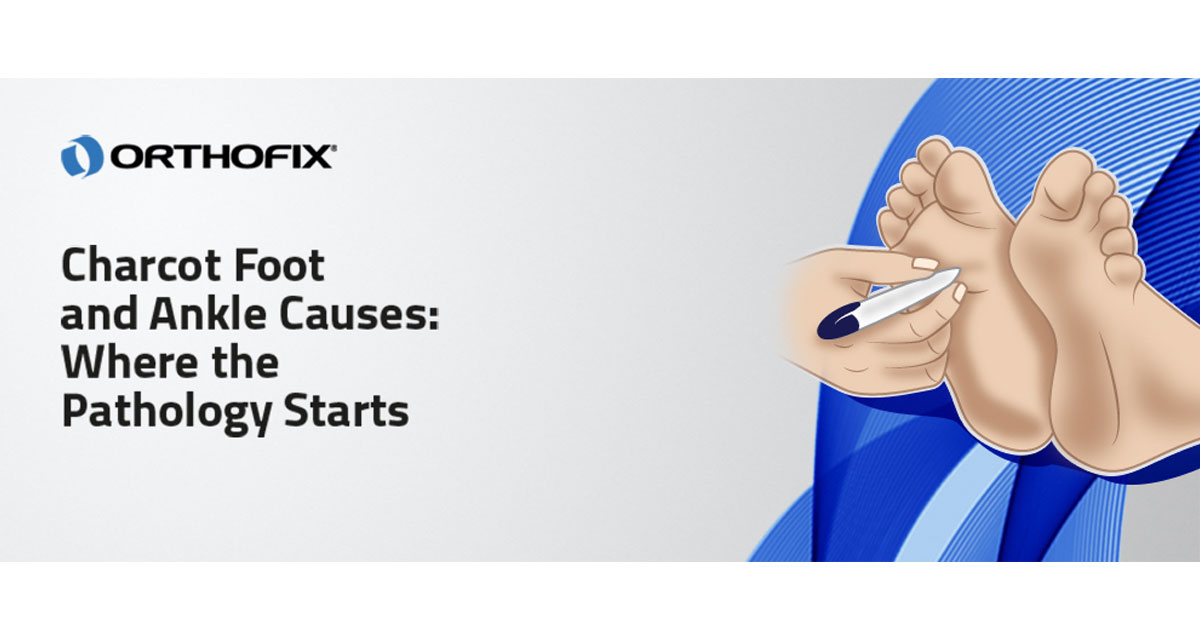Charcot Foot and Ankle, also known as Charcot arthropathy, is a progressive, inflammatory condition that affects the bones, joints, and soft tissues in the feet of people with peripheral neuropathy. If left untreated, Charcot of the foot and ankle leads to severe deformity, ulceration, and – worst-case scenario – to limb amputation.
The best way to avoid these outcomes is to know what causes Charcot arthropathy and how to recognize an early Charcot Foot and Ankle.
Charcot Arthropathy Causes
Charcot Foot and Ankle is a condition most often related to people with diabetes and peripheral nerve damage. The longer a patient lives with diabetes, the higher the risk of developing Charcot Foot and Ankle.
Charcot Foot typically develops over time and requires a number of factors to occur. People with peripheral neuropathy have diminished feeling in their feet, and an injury or trauma may go unnoticed due to the reduced pain sensation. The accumulation of micro-traumas weakens the bones, which progressively deform. If the midfoot is involved, there is a collapse of the longitudinal arch of the foot, rounding the bottom of the foot and creating the hallmark “rocker-bottom” appearance.
The triggering event for an active stage of Charcot Foot and Ankle in a susceptible patient can be a sprain, a twisted ankle, or even just the load of weight-bearing (especially if the individual is obese). This starts an inflammatory process, leading to an osteolysis that is indirectly responsible for the progressive fracture and deformity.
The role of other factors, such as the reduction of calcitonin gene-related peptide caused by nerve damage and pre-existing low bone mineral density, may also be relevant in the development of Charcot Foot and Ankle.
Diabetic Foot and Charcot Foot
Diabetic Foot includes infection, ulceration, or destruction of tissues of the foot, mediated by the development of neuropathy and peripheral arterial disease though complex metabolic pathways.
Patients with diabetes have a 0.3 to 7.5% risk of developing Charcot Foot and Ankle, mainly due to nerve damage caused by uncontrolled blood sugar levels. And although Charcot Foot and Ankle can occur in association with other pathologies, diabetes is the most common reason for developing it.
In patients with diabetes, Charcot Foot and Ankle causes involve the combination of neuropathy, abnormal loading of foot, repeated micro trauma, and bone metabolic abnormalities. The diabetic Charcot Foot and Ankle is a complex and potentially limb-threatening complication, posing many challenges in its diagnosis and management.
During the early stage, Charcot Foot and Ankle is characterized by an active phase of inflammation. The foot is hot, red, and swollen, but often without pain due to the polyneuropathy. These changes are usually not recognizable in radiographic imaging, but MRI can help confirm diagnosis.
Despite these difficulties, recognizing early Charcot Foot and Ankle is essential to avoid rapid progression from trauma to permanent foot deformity, ulceration, and the possibility of limb loss.
Conclusions
Healthcare professionals involved in the management of patients with diabetes face the challenges posed by Charcot Foot and Ankle. The acute manifestations include erythema, edema and elevated temperature of the foot, which can be similar to other conditions, such as cellulitis, gout, or venous insufficiency.
If you are interested in knowing more, please read the article “The Stages of Charcot Foot and Ankle Disease and the Importance of a Quick Diagnosis.”

References
- Rogers LC et al. Diabetes Care. 2011 Sep; 34(9): 2123–2129.
- Mishra SC et al. BMJ 2017;359:j5064.
- Alqubaisi M et al. Int J Foot Ankle 2018, 2:021.
- Baravarian B, Van Gils CC. Clin Podiatr Med Surg. 2004 Apr;21(2):271-89.
- Shibata T et al. J Bone Joint Surg Am. 1990 Jun;72(5):749-56.
- Rosskopf AB et al. Insights Imaging. 2019 Aug 5;10(1):77.

